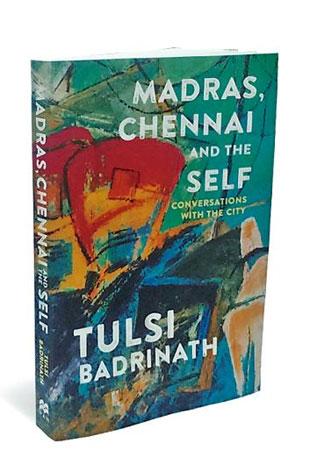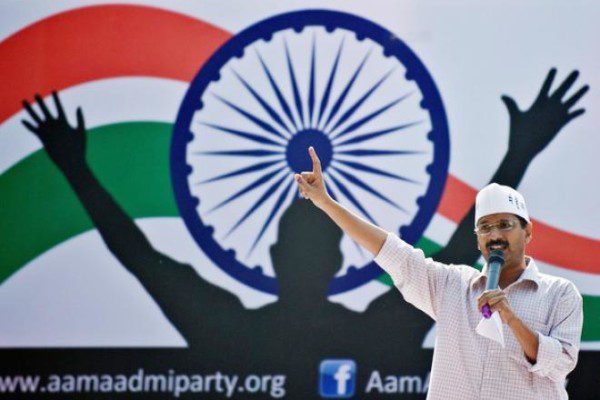Tulsi Badrinath pieces together several life stories to create a composite and compelling account of Chennai's unique culture, says Nishtha Saluja.

Madras, Chennai and the Self: Conversations with the City
Tulsi Badrinath
Pan MacMillan India
Rs 299 | 228 pp
“With whose love are you smitten,
O sea?
For among the woods of the shore
where like the small-headed goats
from the Pooli land,
Seagulls thronged and fished,
Your waves kept lashing
Against the screw pines
Bearing white blossoms
And even in the dead of the night
I hear your voice.”
The epigraph of Tulsi Badrinath’s Madras, Chennai and the Self: Conversations with the City conveys a theme that permeates the entire novel. The readers are made to feel the presence of the sea, which is somewhat palpable—one can almost hear the sound of the ebb and flow of the waves as the writer narrates what essentially forms the life in and around Chennai.
In a series of interview profiles, Tulsi Badrinath converses with people to whom the city is no less than a home. In talking about their lives, these people describe what life is like in Chennai and its suburbs. Despite their hardships—personal or professional—the city comes across as a solace to them; it is something they can get back to at the end of a long, hard day.
Of the 12 interviews with people from different walks of life, some of the names include P Sivakami, a Dalit woman who after having acquired a prominent position in the government conscientiously works towards helping the backward classes; Nawab Mohammed Abdul Ali, the eighth Prince of Arcot; the ‘superstar’ Vikram; and Dr Uma Ram, who talks about the prejudices and superstitions still existent in society, such as the need to have a boy child. All these conversations harp on several social issues as they occur in the individual’s life. Most of the interviewees here are seen breaking stereotypes as they become cultural icons of sorts. One such instance is the interview with K Seshadri, a priest who continues to feed his love for karate.
In talking about their lives, these people describe what life is like in Chennai and its suburbs. Despite their hardships—personal or professional—the city comes across as a solace to them; it is something they can get back to at the end of a long, hard day.
The novel quite artfully portrays the sea change that has come over the city. Of course, despite the modernisation that Chennai has seen over the years, the city still holds firmly to its roots, clinging to its culture and its festivals. The author blends history and culture through the lives of those discussed. We see the city’s love for cricket in the Chepauk Stadium, home of the “knowledgeable Chennai crowd”, and its enthusiasm for cinema, mirrored through Vikram’s phenomenal rise.
Tulsi Badrinath displays a keen eye for detail in the descriptions that accompany the conversations. In talking about Perunkulam House in one of the chapters, she breaks one of the biggest stereotypes in India, that of acrimony between Hindus and Muslims. “One unshakable truth I learnt there, having experienced it, is that a Hindu family and a Muslim family can live together in the same compound amicably, celebrating each other’s festive joys.”
True to her own assertion, the author reflects “with honesty the story as it reveals to her.” However, the excessive detailing gets the narrative a little tedious, especially because it is a work of non-fiction. Madras, Chennai and the Self is Tulsi Badrinath’s relation with the city and the people she interviews. The book is an apposite read for those who have a special relation with Chennai, and those who live there, like an amble down memory lane.














